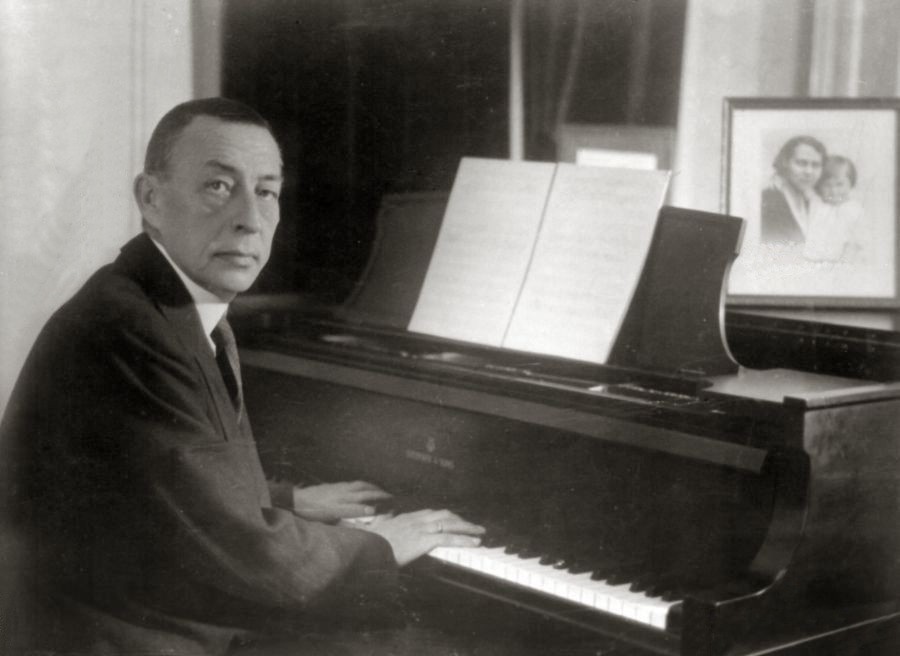|
Gertrude Lightstone Mittelmann
Gertrude Lightstone Mittelmann, also Gertrude Mittelmann, and Mrs. Jesse Mittelmann (8 February 1907 – 25 October 1956, New York City), was an American concert pianist. The daughter of a well-known New York surgeon, Dr. Abraham (Albert) Lightstone (1874–1955), she was one of the first women radio broadcasters, radio show hosts, notably at WQXR-AM 1550 KC (Interstate Broadcasting Company). She gave one of her first American concerts at Haddon Hall in 1928.Atlantic City's Pictorial Magazine, ''A Young Concert Pianist Worth Seeing, Too!'', 23 April 1928George R. Weintraub, Arts at the Shore, Drama, Music, Lecture, ''Newcomers Both, Give Proof of Skill, Misses Lightstone and [Ruth] Manning in Pleasing Concert at Haddon Hall", 22 April 1928 Vinyl and metal record albums were recorded of her performances as a symphonic concert pianist for various orchestras and recitals as a solo artist. In addition, many of her broadcasts as a radio host were recorded on record albums. She participa ... [...More Info...] [...Related Items...] OR: [Wikipedia] [Google] [Baidu] |
Concert Pianist
A pianist ( , ) is an individual musician who plays the piano. Since most forms of Western music can make use of the piano, pianists have a wide repertoire and a wide variety of styles to choose from, among them traditional classical music, jazz, blues, and all sorts of popular music, including rock and roll. Most pianists can, to an extent, easily play other keyboard-related instruments such as the synthesizer, harpsichord, celesta, and the organ. Pianists past and present Modern classical pianists dedicate their careers to performing, recording, teaching, researching, and learning new works to expand their repertoire. They generally do not write or transcribe music as pianists did in the 19th century. Some classical pianists might specialize in accompaniment and chamber music, while others (though comparatively few) will perform as full-time soloists. Classical Mozart could be considered the first "concert pianist" as he performed widely on the piano. Composers Beethoven ... [...More Info...] [...Related Items...] OR: [Wikipedia] [Google] [Baidu] |
Claude Debussy
(Achille) Claude Debussy (; 22 August 1862 – 25 March 1918) was a French composer. He is sometimes seen as the first Impressionist composer, although he vigorously rejected the term. He was among the most influential composers of the late 19th and early 20th centuries. Born to a family of modest means and little cultural involvement, Debussy showed enough musical talent to be admitted at the age of ten to France's leading music college, the Conservatoire de Paris. He originally studied the piano, but found his vocation in innovative composition, despite the disapproval of the Conservatoire's conservative professors. He took many years to develop his mature style, and was nearly 40 when he achieved international fame in 1902 with the only opera he completed, '' Pelléas et Mélisande''. Debussy's orchestral works include ''Prélude à l'après-midi d'un faune'' (1894), ''Nocturnes'' (1897–1899) and ''Images'' (1905–1912). His music was to a considerable extent a r ... [...More Info...] [...Related Items...] OR: [Wikipedia] [Google] [Baidu] |
Morceaux De Fantaisie
''Morceaux de fantaisie'' (French for ''Fantasy Pieces''; russian: Пьесы Фантазии, ''Pyesy Fantazii''), Op. 3, is a set of five piano solo pieces composed by Sergei Rachmaninoff in 1892. The title reflects the pieces' imagery rather than their musical form, as none are actual fantasies. The set was dedicated to Anton Arensky, his harmony teacher at the Conservatory. Composition Elegie in E minor Elegie (Элегия, ''Elegiya'') is a musical elegy at ''moderato'' tempo. Prelude in C minor The second piece, Prelude (Прелюдия, ''Prelyudiya'') is undoubtedly the most famous of the set. Melody in E major Melody (Мелодия, ''Melodiya'') is a short piece played ''Adagio sostenuto''. It was rewritten by Rachmaninoff in 1940, along with the Serenade. Polichinelle in F minor The fourth piece, called ''Polichinelle'' (Полишинель, ''Polishinyelʹ''), is in an ambiguous key although often referred to as "in F minor" (the F minor triad h ... [...More Info...] [...Related Items...] OR: [Wikipedia] [Google] [Baidu] |
Préludes (Debussy)
Claude Debussy's '''' are 24 pieces for solo piano, divided into two books of 12 preludes each. Unlike some notable collections of preludes from prior times, such as Chopin's Op. 28 preludes, or the preludes from Johann Sebastian Bach's ''The Well-Tempered Clavier'', Debussy's do not follow a strict pattern of tonal centers. Each book was written in a matter of months, at an unusually fast pace for Debussy. Book I was written between December 1909 and February 1910, and Book II between the last months of 1912 and early April 1913. Pieces Two of the titles were set in quotation marks by Debussy because they are, in fact, quotations: ''«Les sons et les parfums tournent dans l'air du soir»'' is from Charles Baudelaire's poem ''Harmonie du soir'' ("Evening Harmony"). ''«Les fées sont d'exquises danseuses»'' is from J. M. Barrie's book ''Peter Pan in Kensington Gardens'', which Debussy's daughter had received as a gift. Performance practice An important precedent was set on ... [...More Info...] [...Related Items...] OR: [Wikipedia] [Google] [Baidu] |
Music Of Brahms
Music is generally defined as the art of arranging sound to create some combination of form, harmony, melody, rhythm or otherwise expressive content. Exact definitions of music vary considerably around the world, though it is an aspect of all human societies, a cultural universal. While scholars agree that music is defined by a few specific elements, there is no consensus on their precise definitions. The creation of music is commonly divided into musical composition, musical improvisation, and musical performance, though the topic itself extends into academic disciplines, criticism, philosophy, and psychology. Music may be performed or improvised using a vast range of instruments, including the human voice. In some musical contexts, a performance or composition may be to some extent improvised. For instance, in Hindustani classical music, the performer plays spontaneously while following a partially defined structure and using characteristic motifs. In modal jazz the ... [...More Info...] [...Related Items...] OR: [Wikipedia] [Google] [Baidu] |


